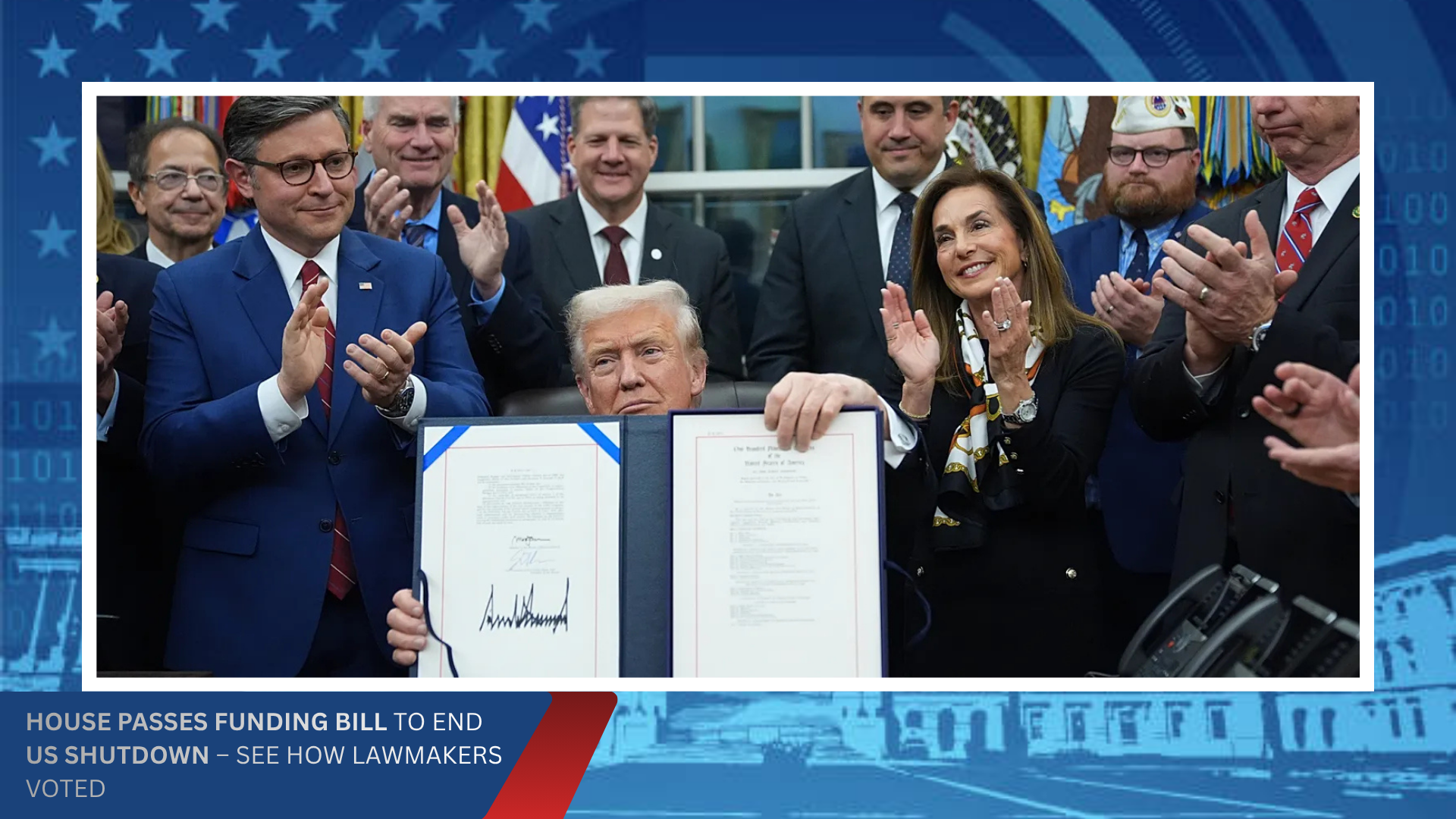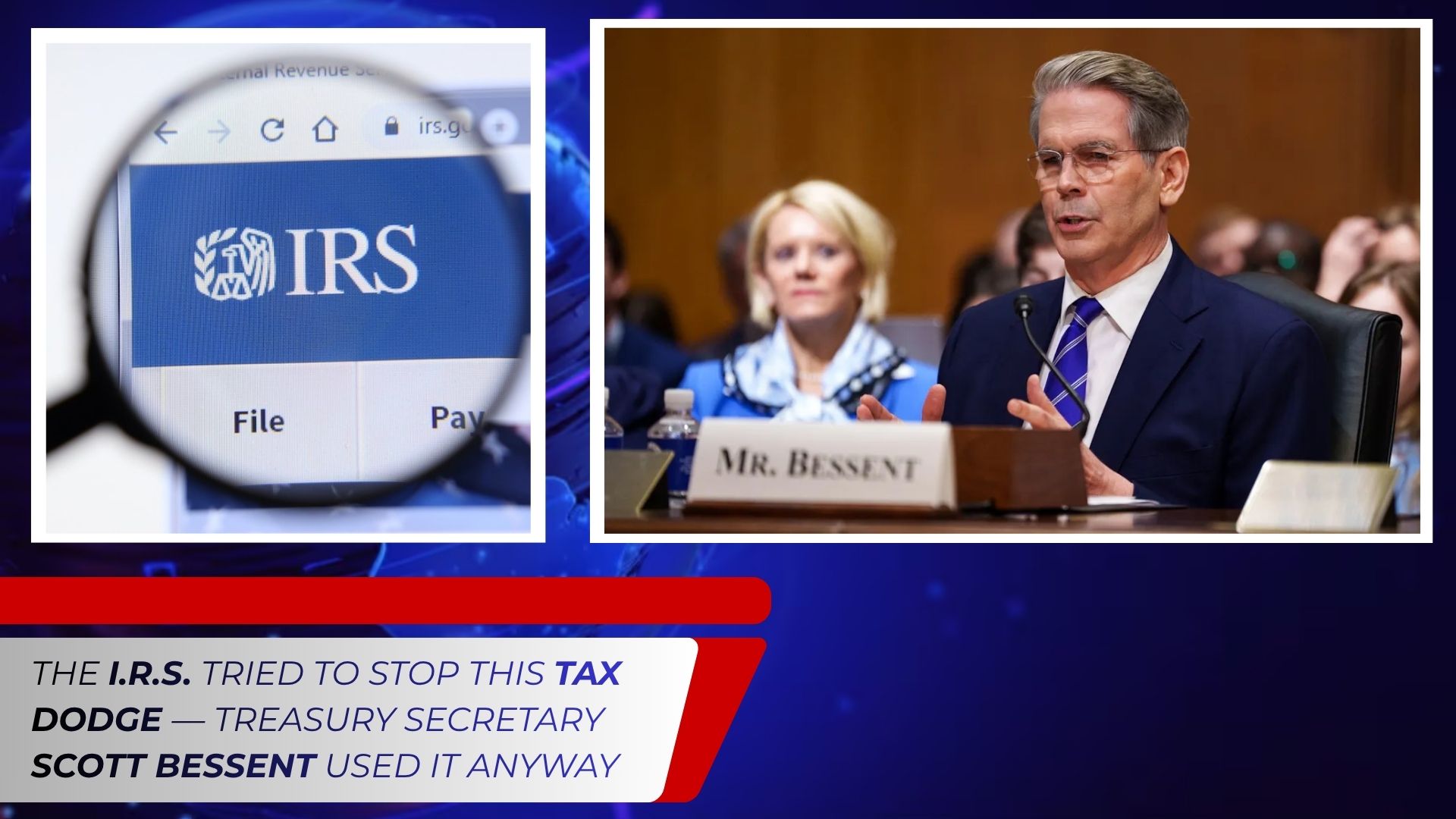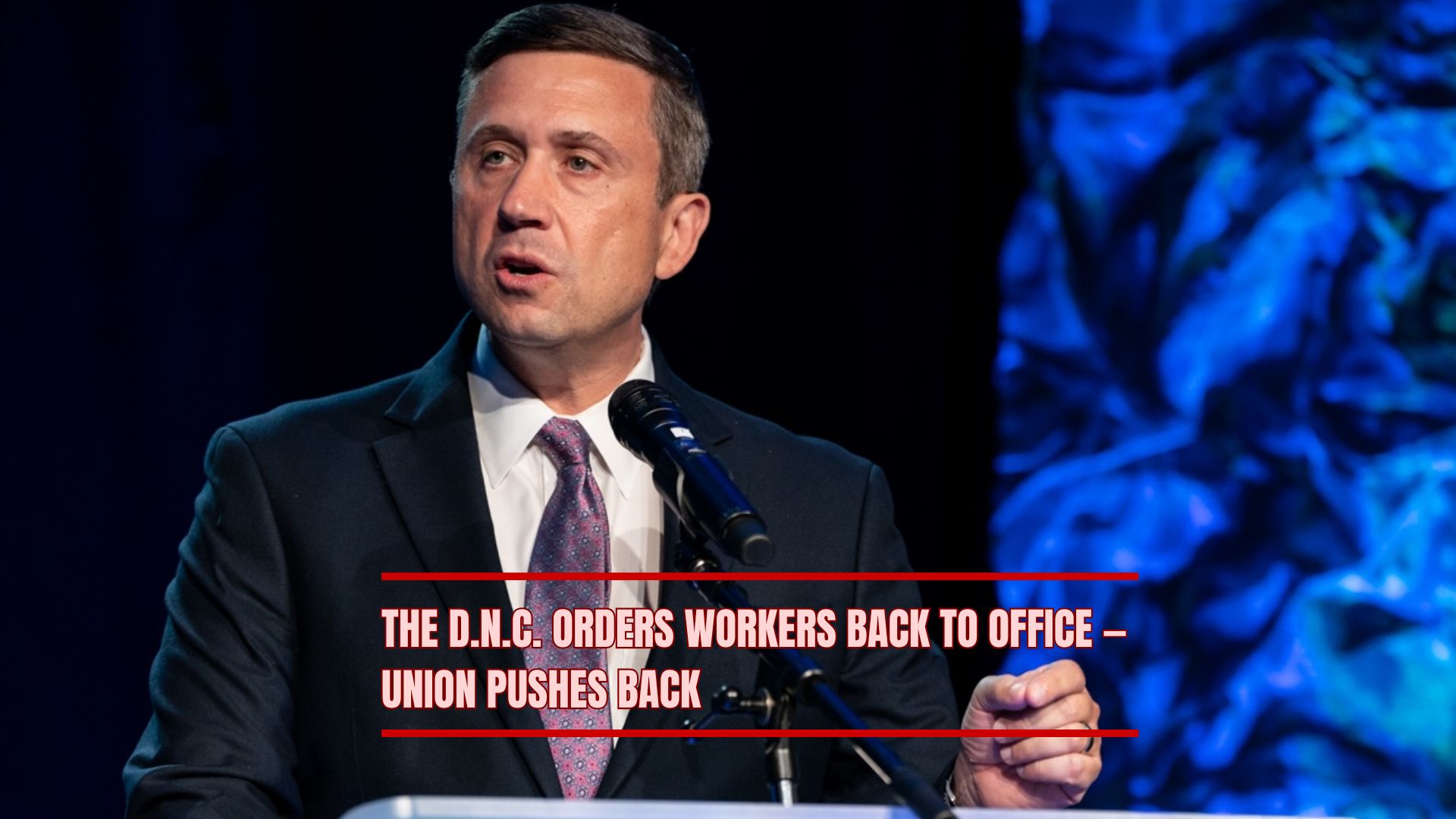U.S. inflation jumped 3% over the past year in September, according to newly released government data, as President Donald Trump doubled down on his latest trade war—this time targeting Canada. The sharp increase in consumer prices adds new pressure on the administration’s economic strategy, even as the White House insists that tariffs are strengthening American industry.
The Consumer Price Index (CPI) report, released Friday by the Bureau of Labor Statistics (BLS), showed prices rising 0.3% for the month, driven largely by higher energy and food costs. The report had been delayed because of the ongoing government shutdown, now stretching into its third week, which has disrupted the release of key economic data.
White House officials sought to put a positive spin on the numbers. Press Secretary Karoline Leavitt argued that the economy remains “resilient” and blamed Democrats for the shutdown’s continuing impact.
“Democrats choosing to keep the government closed will likely result in no October inflation report, which will leave businesses, markets, families, and the Federal Reserve in disarray,” Leavitt said in a statement.
Kevin Hassett, director of the National Economic Council, added that the figures were “fantastic,” highlighting that inflation remains below levels seen in other developed nations.
Tariffs and Tensions: A Trade War Reignited
The inflation report landed just hours after Trump announced that all trade talks with Canada were being suspended. The president’s decision came in retaliation for a controversial Canadian ad campaign that used archival footage of Ronald Reagan criticizing tariffs, which Trump called “dishonest propaganda.”
In a fiery post on Truth Social, Trump wrote:
“THE UNITED STATES IS WEALTHY, POWERFUL, AND NATIONALLY SECURE AGAIN, ALL BECAUSE OF TARIFFS! THE MOST IMPORTANT CASE EVER IS IN THE UNITED STATES SUPREME COURT. GOD BLESS AMERICA!!”
The “case” Trump referred to is the upcoming Supreme Court review of whether the International Emergency Economic Powers Act gives presidents the authority to impose sweeping tariffs without congressional approval—a decision that could reshape the limits of executive economic power.
Trump’s renewed tariff strategy marks a return to one of his hallmark policies. In April, he paused his initial round of “reciprocal tariffs” after outcry from industry leaders and international partners. But this month, the administration reimposed 25% tariffs on all Canadian goods and slapped a 50% duty on aluminum and steel imports. Canada is one of the largest U.S. suppliers of those materials.
The move has rattled markets and reignited fears of a global trade slowdown. Economists say the higher costs are likely to ripple through the economy in the months ahead, particularly in manufacturing, construction, and energy sectors.
Consumers Begin to Feel the Pinch
A Goldman Sachs report released earlier this week found that American companies have so far passed along 37% of tariff-related costs to consumers, absorbed 51% themselves, and shifted 9% to suppliers. While that means households have not yet felt the full brunt of tariff effects, prices for everyday goods are slowly creeping upward.
The September CPI data reflect that trend:
- Gasoline prices rose 4.1% last month, driving a 1.5% jump in overall energy costs.
- Food prices increased 0.2%, with beef and veal up 1.2%, in part due to new import restrictions and higher feed costs.
- Bananas, a staple imported from Latin America, climbed 0.4% for the month and a striking 6.9% year over year, following the president’s so-called “Liberation Day” tariffs on Latin American imports.
Meanwhile, core inflation—which excludes food and energy—rose 0.2%, slightly lower than the previous two months. Housing costs, one of the largest components of the CPI, showed mild growth, with rent up 0.2% and owner’s equivalent rent increasing 0.1%, the smallest gain in over a year.
Airline fares, which spiked nearly 6% in August, grew by a more moderate 2.7% in September, reflecting a temporary stabilization in jet fuel prices.
Energy Shock and Supply Chain Strains
According to Hassett, much of September’s price increase was due to a refinery shutdown in Indiana, which temporarily disrupted fuel supplies and raised energy costs. But analysts warn that tariffs could worsen inflationary pressures if companies continue to face higher input costs for raw materials and imported goods.
“Energy shocks are short-term,” said Diane Swonk, chief economist at KPMG. “Tariffs, on the other hand, act as a slow burn—they ripple through prices for months, raising costs for businesses and consumers alike.”
Economists also note that the timing of the report complicates the Federal Reserve’s decision-making. The Federal Open Market Committee (FOMC) meets next week to discuss interest rates, but the government shutdown means it will lack access to critical data on employment and consumer spending.
“The Fed is flying blind,” Swonk added. “Without jobs data or reliable inflation updates, policymakers have to guess whether the economy is overheating or slowing down.”
Political and Economic Fallout
The inflation numbers arrive at a politically sensitive moment for Trump, whose “America First” trade policy remains one of the most polarizing elements of his presidency. Supporters see tariffs as a tool to defend domestic manufacturing and national sovereignty; critics argue they function as hidden taxes on consumers.
Trump’s advisers, including Commerce Secretary Howard Lutnick, have urged the president to hold firm, framing tariffs as part of a broader push to reclaim America’s “economic independence.”
Yet business leaders warn that the escalating trade fight with Canada could backfire. The U.S. Chamber of Commerce called the move “economically self-defeating,” pointing out that Canada remains America’s largest trading partner.
“The last thing the economy needs amid a government shutdown is another round of trade uncertainty,” said Chamber spokesperson Neil Bradley.
Markets appeared to share that concern. The Dow Jones Industrial Average slipped 0.6% following Trump’s announcement, while the Canadian dollar fell to its lowest level in nearly two years.
A Shutdown Adds to the Confusion
The inflation data’s delayed release underscores how the government shutdown is affecting federal agencies. The Bureau of Labor Statistics had been unable to publish the report on time, and the monthly jobs report for September is now postponed indefinitely.
The shutdown itself has become a point of political contention, with each side blaming the other. Trump argues that Democrats are refusing to approve a “patriotic budget,” while Democrats accuse the president of “economic sabotage.”
The shutdown also threatens to distort economic indicators for months to come. With federal workers furloughed and data collection halted, analysts warn that the true picture of inflation and employment may not be clear until early next year.
%20(4).png)



.png)




